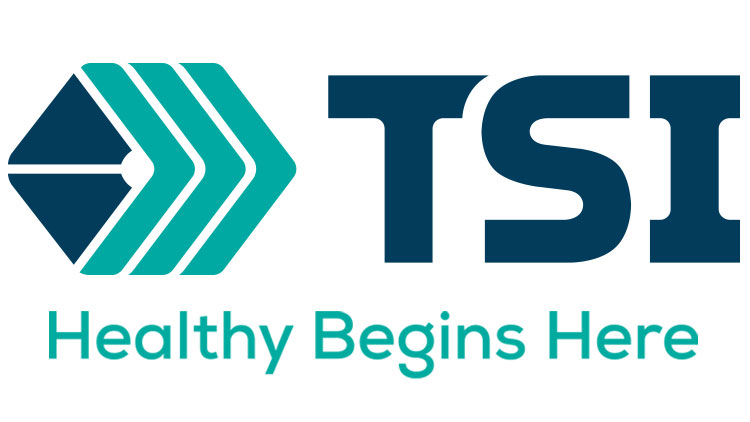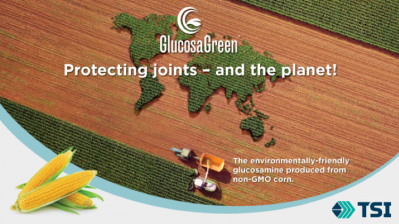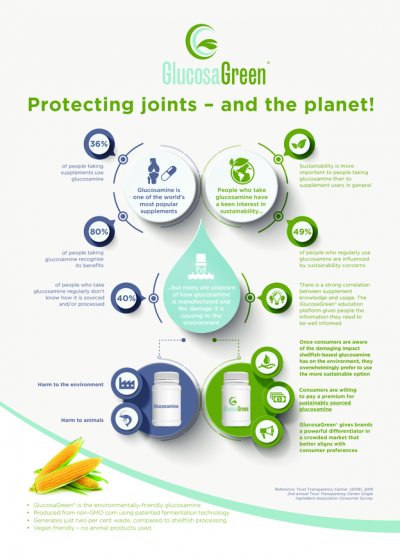Promotional Features
The benefits of using sustainable glucosamine
The 21st Century’s pandemic has impaired supply in numerous industries, resulting in unstable and interrupted manufacturing and delivery flow. It has seriously impacted the global supply chain. Significant concerns, naturally and rightfully so, are centered on supply from China, where some glucosamine (and other ingredient) suppliers have recovered and others have not. China is the world’s largest producer of glucosamine from shellfish.
If there is one (of many) lesson being learned in this new age it is that the concept of sustainability is no longer an option but an imperative. Sustainability is not only relegated to products existing in nature, or natural resources, it also applies to the ability to ensure stable and consistent production and delivery from point of origin to the consumer.
Whether or not there ever was a COVID-19, approximately 350 million people worldwide are living with arthritis, according to www.medicinenet.com. Glucosamine and chondroitin remain the top selling mobility-support ingredients throughout the world.
So, with a pandemic, there is much greater risk of dramatically reduced supply of shellfish to create the glucosamine that remains in high demand. Adding to this stress is the process of extracting the glucosamine from the shellfish. It has several key disadvantages and deep-rooted insufficiencies, even in robust times.
For example, to produce 1 metric ton of glucosamine HCL, we would need 2,000 kg of chitin, 5,000 kg of sodium hydroxide (also known as lye), and 17,000 kg of 30% HCI. The shellfish undergoes alkali leaching with 5% lye, alkali cooking with 10% lye, acid leaching with 3% HCL, oxidization, deoxidization, then drying, resulting in chitin, from which the glucosamine is then derived. During this process of obtaining the chitin from the shellfish, up to 460 metric tons of wastewater is generated. It is energy intensive, inefficient, harmful to the planet, and most critically, will not be sustainable for decades even in the best of times.
GlucosaGreen: A more Sustainable Glucosamine
GlucosaGreen is manufactured via a patent-protected process that uses a unique fermentation technology on non-GMO corn to produce glucosamine bioequivalent to shellfish glucosamine. And this process is much more suitable to the well-being of the environment.
Compared to glucosamine obtained from shellfish, GlucosaGreen fulfills vegan and vegetarian needs, as well as leaves dramatically reduced waste from production: GlucosaGreen produces only 2% of the waste compared to shellfish glucosamine. It takes only 2 metric tons of clean water to produce the same amount of glucosamine – 99.9% less water than is required for shellfish-derived glucosamine. GlucosaGreen is sustainable also because it is not dependent on a fragmented supply of crustacean shells. Shellfish are also used as a starting material for other products, which further stresses and thins the supply.
GlucosaGreen only needs glucose as a starting material, which undergoes an efficient patented fermentation process. Glucose is widely available and is easily sourced (via non-GMO corn), even in difficult times. Fermentation is a simple process that has a minimal environmental impact.
Further, brand marketers using GlucosaGreen can enjoy the benefit of cost stability due to the consistent sustainable, renewed resource from which it is derived. It is therefore less susceptible to fluctuating supply/demand impacts on prices during globally harsh disruptions such as that caused by COVID-19.
TSI Inc. is one of the global leaders in glucosamine and chondroitin supply, and has pioneered the true “green” glucosamine for those who prefer a non-shellfish source, care about environmental impact, and who want their favorite joint support supplement supply to be uninterrupted during trying times. TSI, as the vertical supplier and manufacturer of the ingredient and finished product, has in place full transparency throughout its supply chain, and all anchored in industry, research, technical, and marketing expertise.
GlucosaGreen is available in several salt forms (eg, glucosamine sulfate, glucosamine hydrochloride, and n-acetyl-d-glucosamine) to meet a range of finished product requirements; it is also offered in several formats such as powders with an array of particle sizes, and exclusive DC (direct compression) granules for superior-quality tablets.
As more consumers become aware of how the conventional shellfish glucosamine industry impacts the environment – and the shellfish populations themselves – they will embrace GlucosaGreen as their glucosamine of choice.






